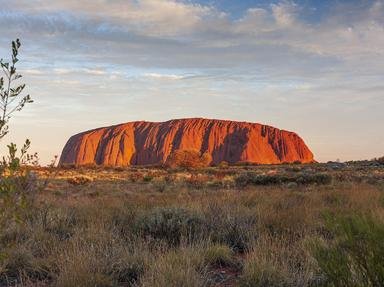
Geographical Oddities Trivia Quiz
Many people think that living "down-under" is odd. That's OK, we can live with that. After all, there's a lot more here that are odder. Check these out! Just match the oddity with the place it can be found.
A matching quiz
by VegemiteKid.
Estimated time: 5 mins.